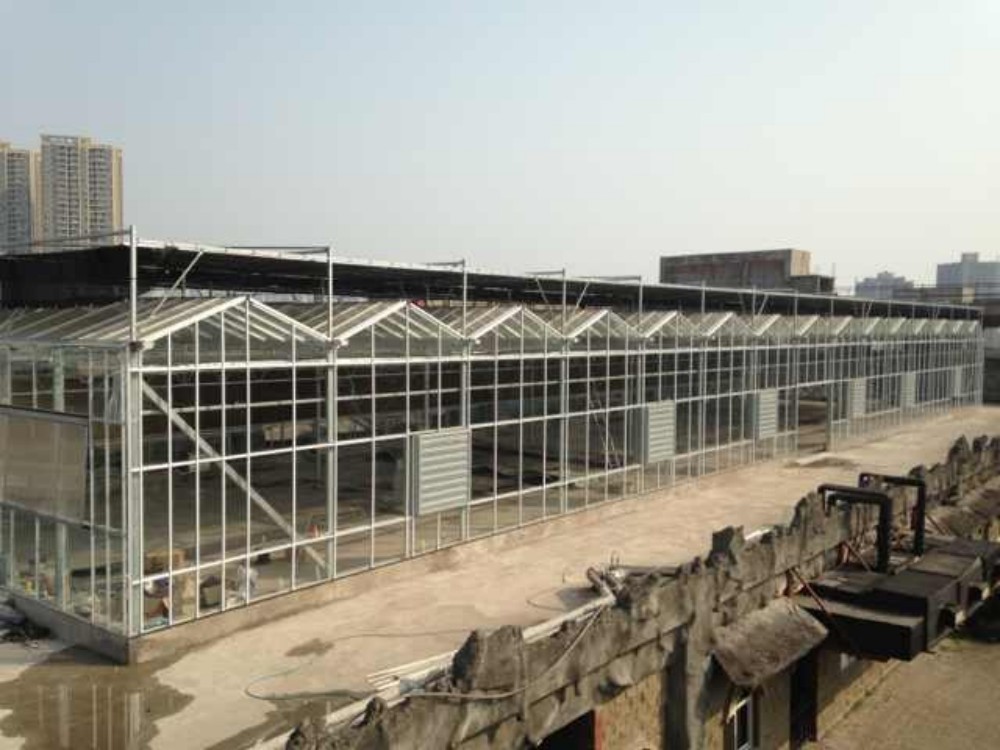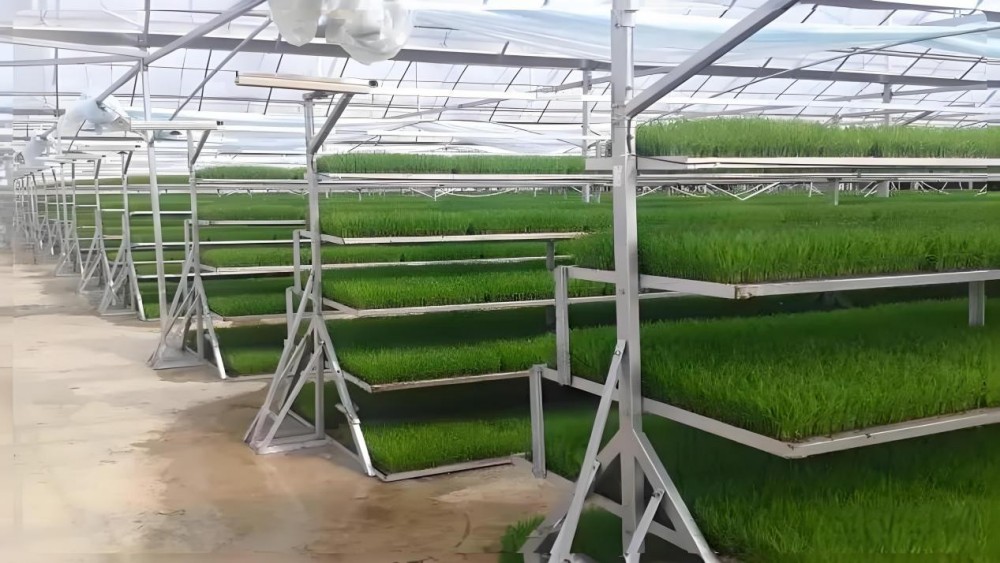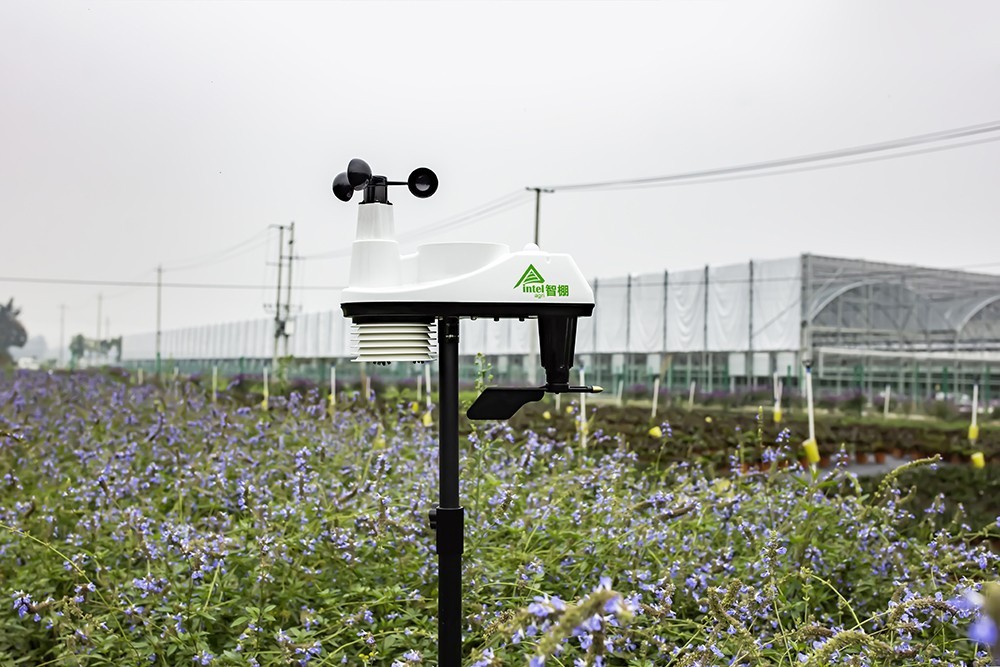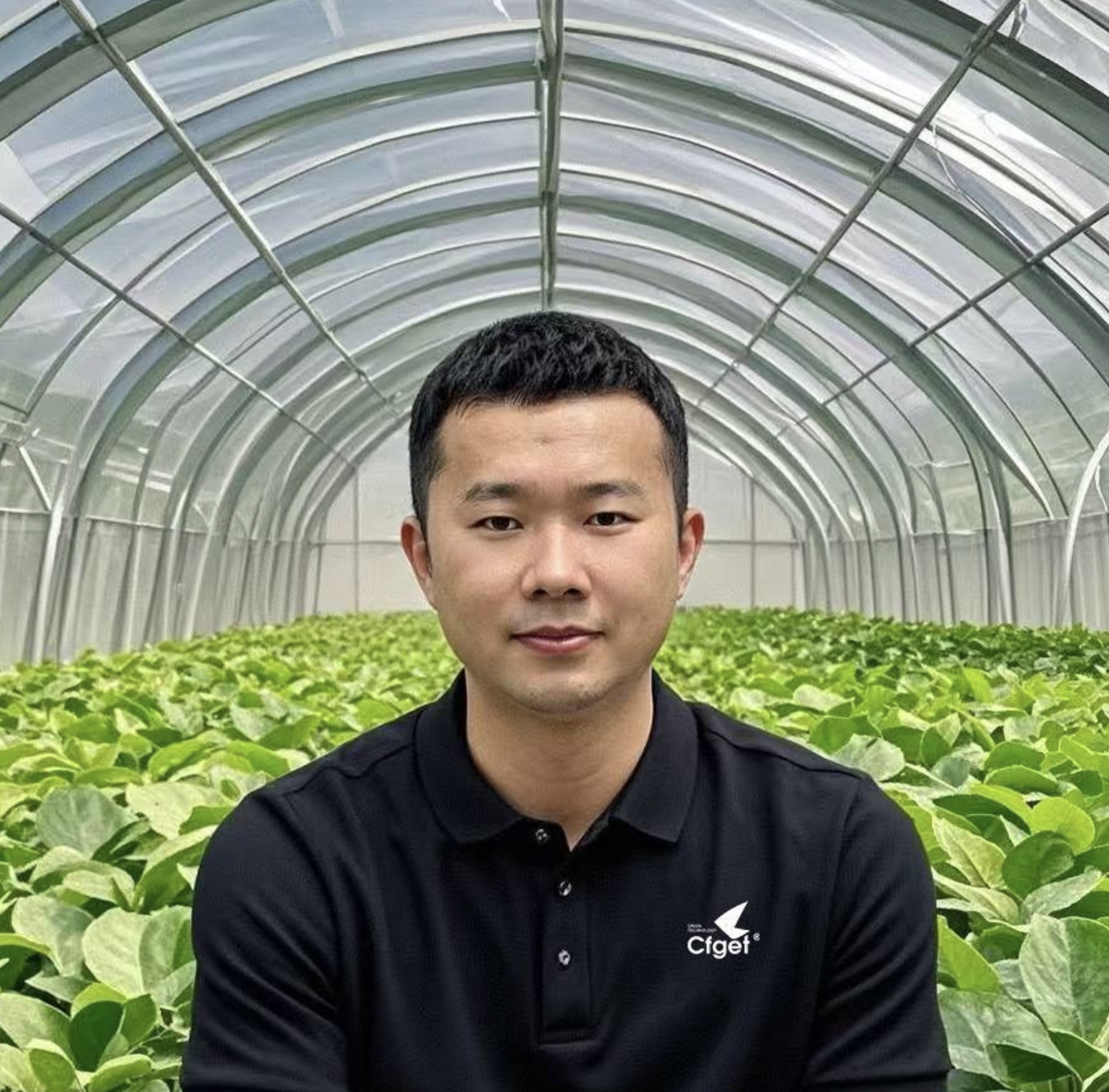With the rapid growth of the global population and the accelerating pace of urbanization, agriculture is facing unprecedented challenges: limited land, resource shortages, and increasing environmental pollution. In this context, greenhouse agriculture has gradually become an innovative solution, especially in urban farming and sustainable agriculture. Greenhouse technology is playing a crucial role in transforming modern agricultural practices. So, how exactly does greenhouse technology change agricultural production? Let’s take a closer look at its unique advantages and applications.
1. Greenhouses: Boosting Urban Agriculture Productivity
Urban agriculture refers to agricultural production in and around cities. As urbanization progresses, traditional farming is gradually moving further away from city centers, and greenhouse technology bridges this gap. Greenhouses provide an ideal growing environment for urban farming, especially in cities with limited land.
Example: In cities like New York and Tokyo, many rooftop spaces are being transformed into greenhouses to grow vegetables and high-value crops like strawberries. This approach not only saves valuable land but also helps address urban food security issues.
Through greenhouses, urban residents can grow fresh produce in limited space, reducing dependence on external supply chains and lowering carbon emissions from transportation.
2. Reducing Land Use Pressure and Saving Water Resources
Greenhouse agriculture maximizes land use, increasing yields per unit area. In traditional farming, large tracts of land are used to grow a single crop, while greenhouses optimize every square meter by carefully controlling environmental factors.
Example: At Chengfei Greenhouse, innovative vertical and layered planting techniques allow even smaller greenhouses to produce more crops than traditional fields. This not only increases output but also significantly conserves land resources.
Additionally, greenhouse water management is much more efficient than traditional farming. Drip irrigation and rainwater harvesting systems minimize water waste, ensuring that every drop counts in optimizing plant growth.
3. Driving Sustainable Agriculture and Reducing Environmental Impact
Sustainable agriculture is all about meeting the needs of the present without compromising the ability of future generations to meet their own needs. Greenhouse agriculture is an essential part of achieving this goal. By using energy-efficient technologies, reducing the need for chemical fertilizers and pesticides, and recycling resources, greenhouses significantly reduce agriculture’s negative impact on the environment.
Example: Through smart greenhouse management systems, such as those used in Chengfei Greenhouse, temperature, humidity, and light levels are automatically adjusted to maintain optimal conditions. This not only boosts plant growth efficiency but also reduces reliance on harmful chemicals, leading to less pollution and more eco-friendly farming practices.
Moreover, greenhouse agriculture can recycle plant waste into compost, which is then used to improve soil quality. This waste-to-resource approach reduces landfill waste and the environmental burden caused by burning or dumping agricultural residues.
4. Improving Crop Quality and Food Safety
Greenhouse agriculture not only boosts productivity but also significantly improves the quality of crops. In a greenhouse, crops are protected from harsh weather conditions and pest infestations, leading to higher-quality produce with fewer chemicals.
Example: At Chengfei Greenhouse, by precisely controlling temperature, humidity, and light, crops like vegetables and fruits grow in a healthy environment, leading to better taste and higher nutritional value. Greenhouses can also prevent contamination from environmental pollutants, ensuring food safety for consumers.
Furthermore, because greenhouse farming reduces the need for large quantities of chemical pesticides and fertilizers, it provides a safer, more organic alternative to conventional agriculture, meeting the growing demand for healthy, chemical-free foods.
5. Tackling Climate Change and Enhancing Agricultural Resilience
Climate change presents significant challenges to agriculture, including extreme weather, droughts, and flooding. Greenhouses, by controlling the growing environment, can shield crops from these environmental disruptions, making agricultural production more resilient.
Example: In regions affected by extreme weather conditions, greenhouses can protect crops from frost, drought, or heavy rain. For instance, a greenhouse can ensure that crops like tomatoes or peppers thrive in stable conditions, regardless of external climate fluctuations, helping to maintain steady yields.
With their ability to regulate climate factors like temperature and humidity, greenhouses provide crops with a reliable growing environment, which is critical for maintaining stable production in the face of unpredictable weather patterns.
Conclusion: Greenhouse Agriculture — An Essential Component of Future Farming
In conclusion, greenhouse agriculture offers an effective solution to many of the challenges faced by global agriculture, including land scarcity, climate change, water shortages, and food security. Especially in urban and sustainable farming contexts, greenhouses not only increase crop yields and improve quality but also reduce environmental impacts. They are a vital part of the future of agriculture.
As technology continues to advance, greenhouse farming will further drive the transformation of agricultural production methods, providing a greener, more efficient, and sustainable path for future farming practices.
Welcome to have a further discussion with us.
Email: info@cfgreenhouse.com
#Greenhouse agriculture
#Urban farming
#Sustainable agriculture
#Greenhouse growing techniques
#Green agriculture
Post time: Jan-29-2025









 Click to Chat
Click to Chat